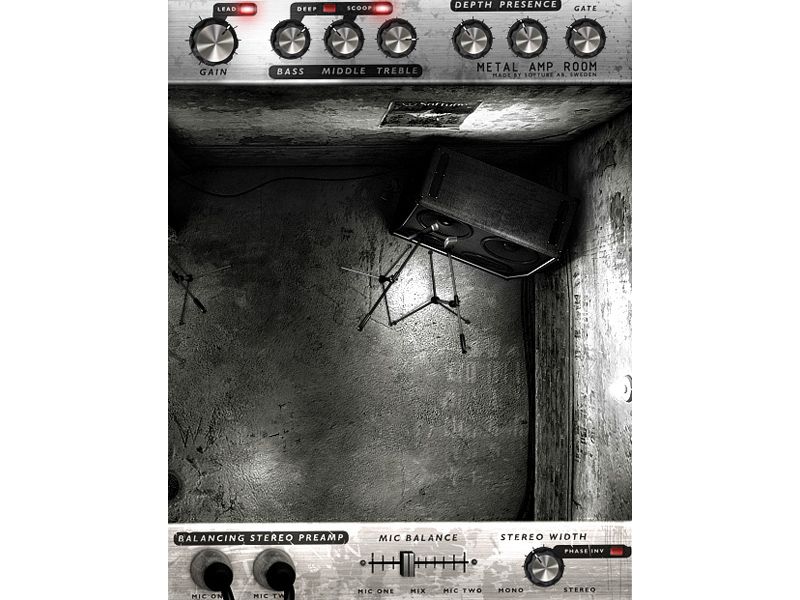



As a rule, the 'phase‑invert' position that gives the deepest bass is the right one, but if you stumble across something that's technically wrong but sounds right artistically, there's no reason not to use it. This means that you could, for example, set up a thinner, heavily distorted sound on the amp and blend this in with some deep bass from the DI to give aggression with punch or you could use a bright DI sound to add a bit of edge to an otherwise warm amp sound. The DI works separately from the amp/cab simulations, and its simple tone controls are specially designed for bass guitar. A conventional amp control‑panel sits at the top of the screen, and includes high and low gain settings, an input gain control, three-band EQ and a master volume.īeing able to blend the two sources is what makes this plug‑in so versatile. The cabinets are selected by clicking and dragging in the room view to get the desired cab in the centre of the screen, after which the mic distance and lateral offset can also be adjusted by clicking and dragging. The three cabinets vary in size, with the largest producing a predictably deeper tone than the others, and the smallest being a little lighter on the low end. The designers aren't allowed to name the amp on which they've based their model, but they do tell us that it was originally designed as a guitar amp in the 1970s, and is characterised by thick and solid preamp distortion, when overdriven, that means you can crank it up without losing the low end. So, despite the very simple interface, the range of potential bass sounds is impressively wide. There's also a DI section with basic tone controls, and an amp/DI mixer, an adjustable limiter and a 'phase‑invert' switch.


 0 kommentar(er)
0 kommentar(er)
